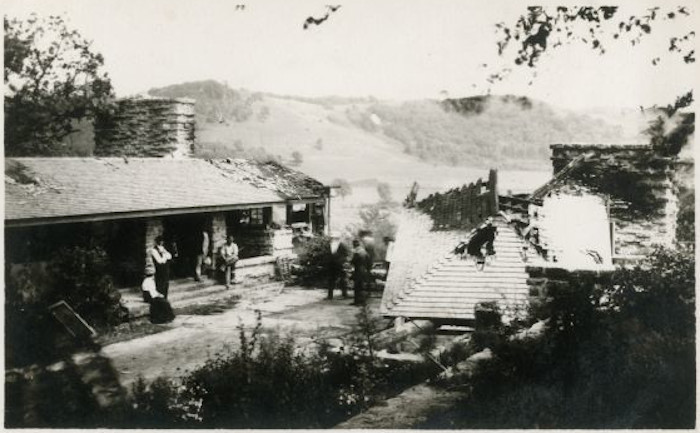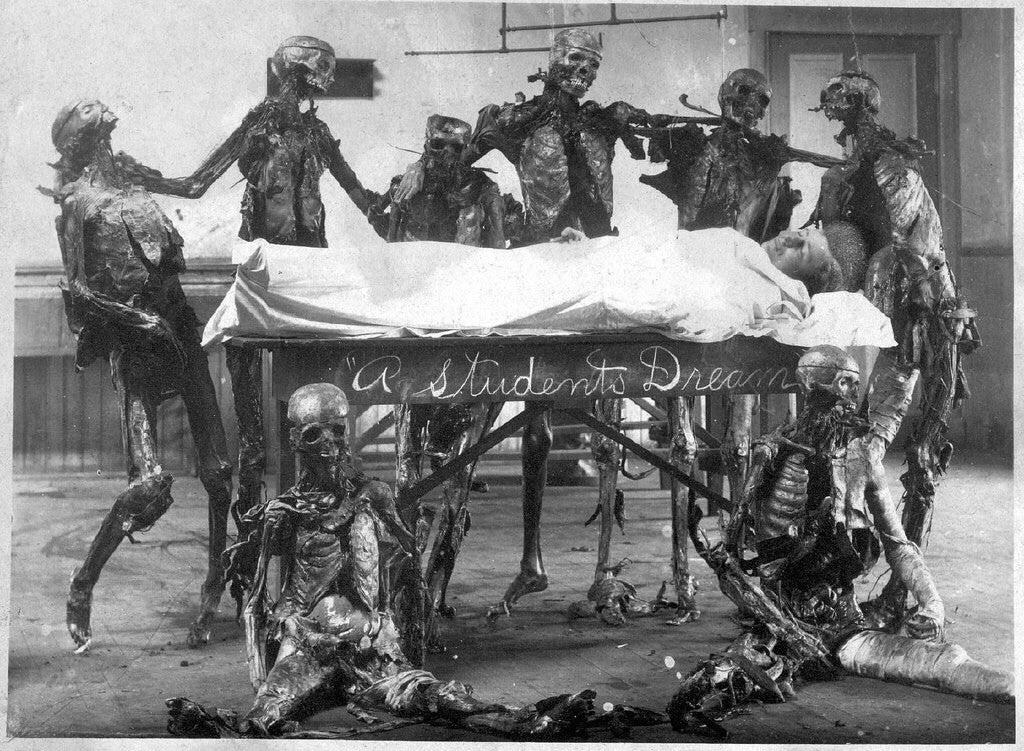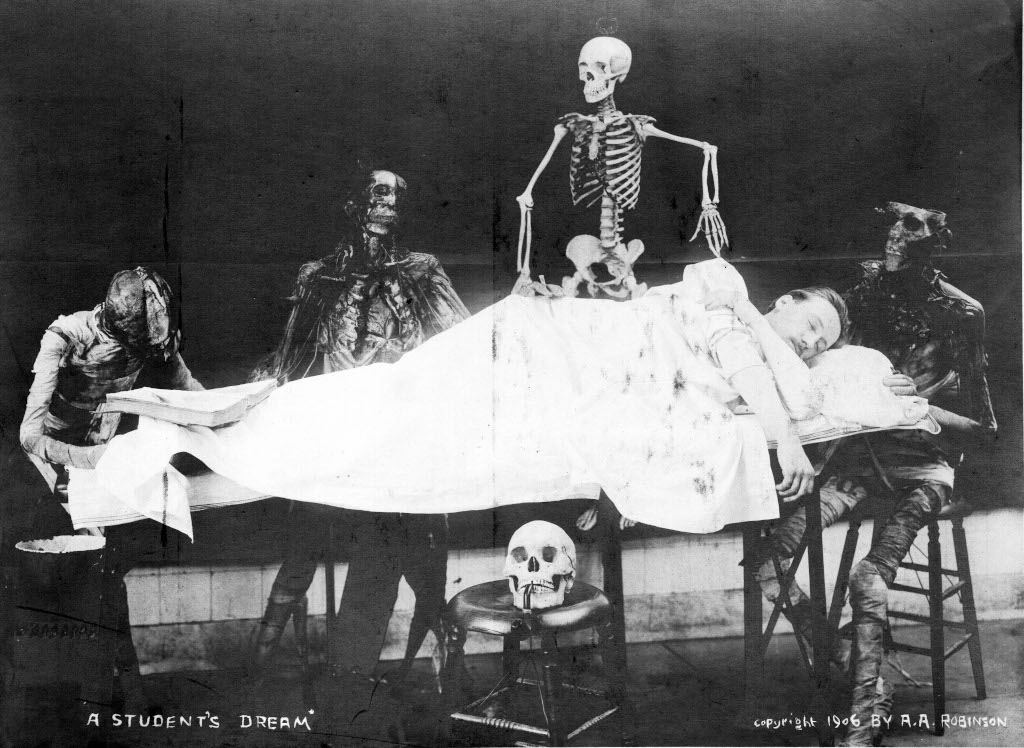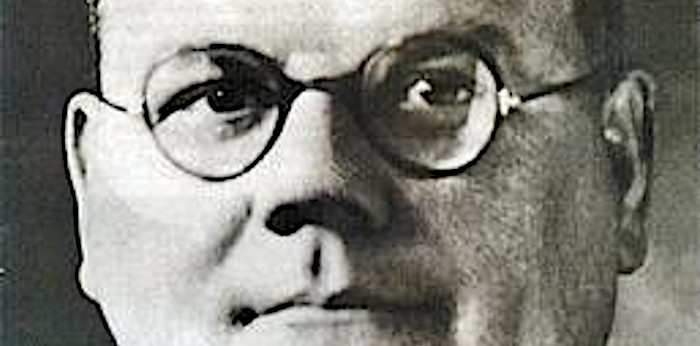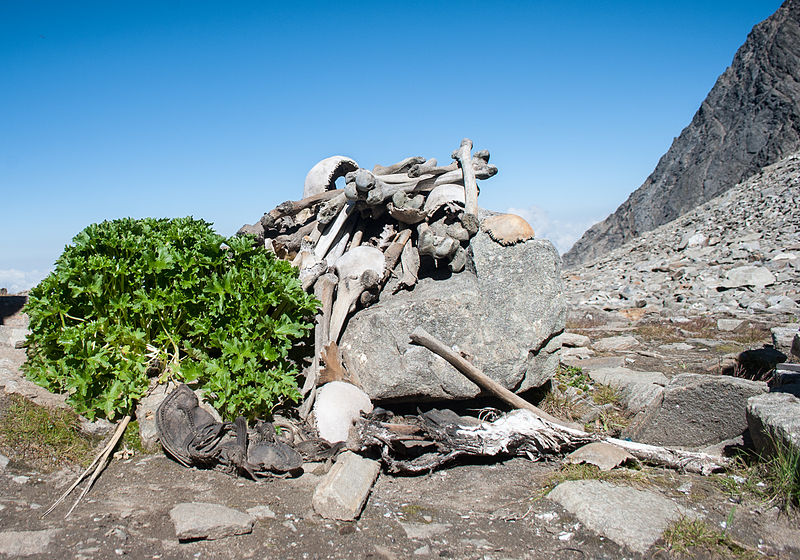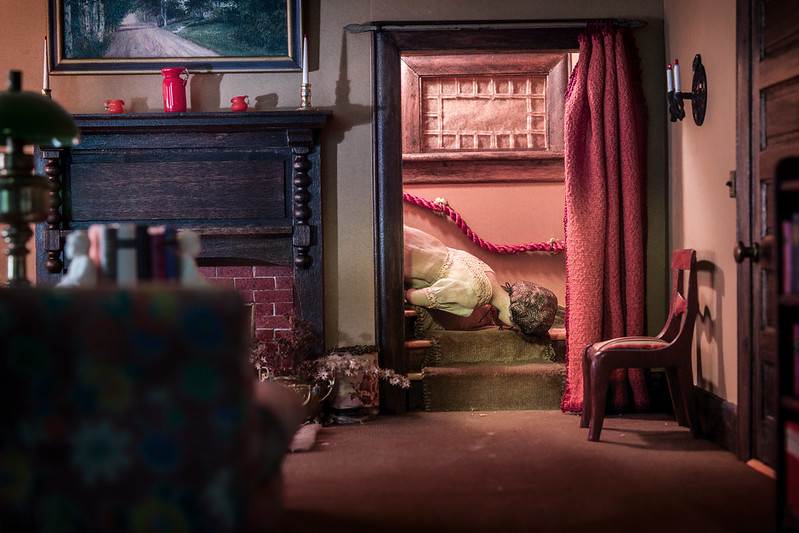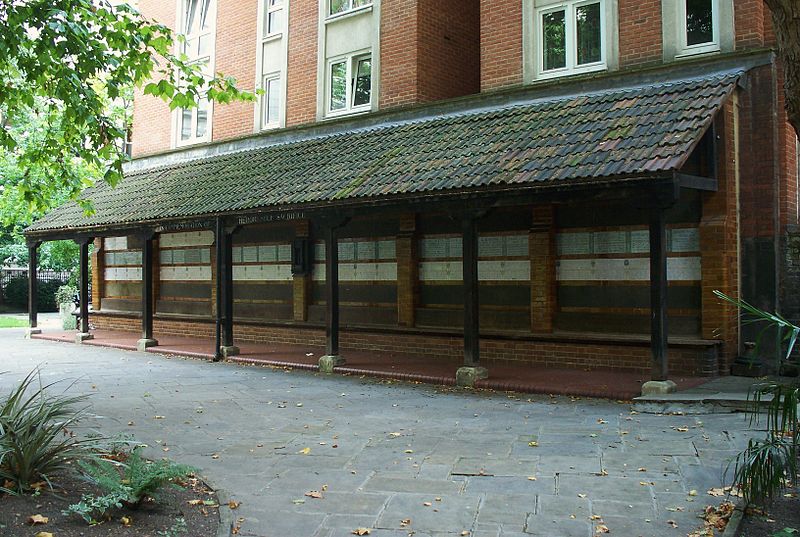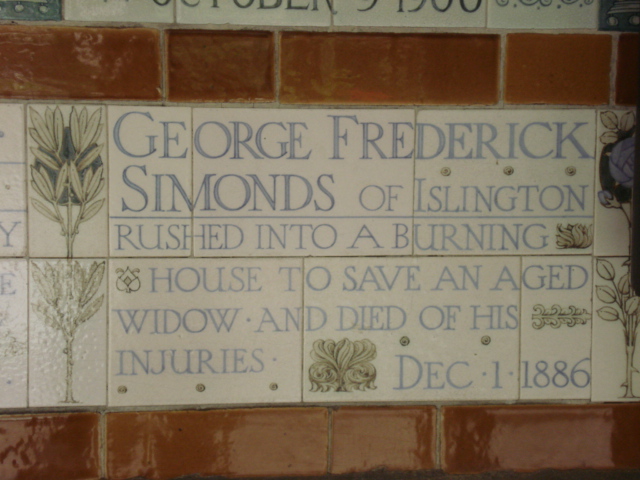In 1943 a bulldozer turned up a 6-foot cylinder while clearing building debris from a blitzed site in Liverpool. It was laid aside by the building contractors and remained unregarded for two years, until in July 1945 three boys discovered a human skeleton inside.
It appeared to be the remains of an adult male who had crawled into the cylinder and was lying there, his head pillowed on a brick wrapped in sacking, when he died, probably around 1885. He was wearing Victorian clothing of good quality, and his pockets contained two diaries, a postcard, a handkerchief, a brooch, a signet ring, and some miscellaneous papers.
The postcard was addressed to T C Williams. In 1885 Liverpool had had a paint and brush manufacturer by that name. He had declared bankruptcy the year before, and the inquest hypothesized that he’d left home and been sleeping in the cylinder, perhaps at his place of business, when it became sealed somehow and he’d asphyxiated. Possibly the authorities at the time assumed he’d absconded to escape his debts. There is no record in England of his burial.
The whole case is fascinating.

